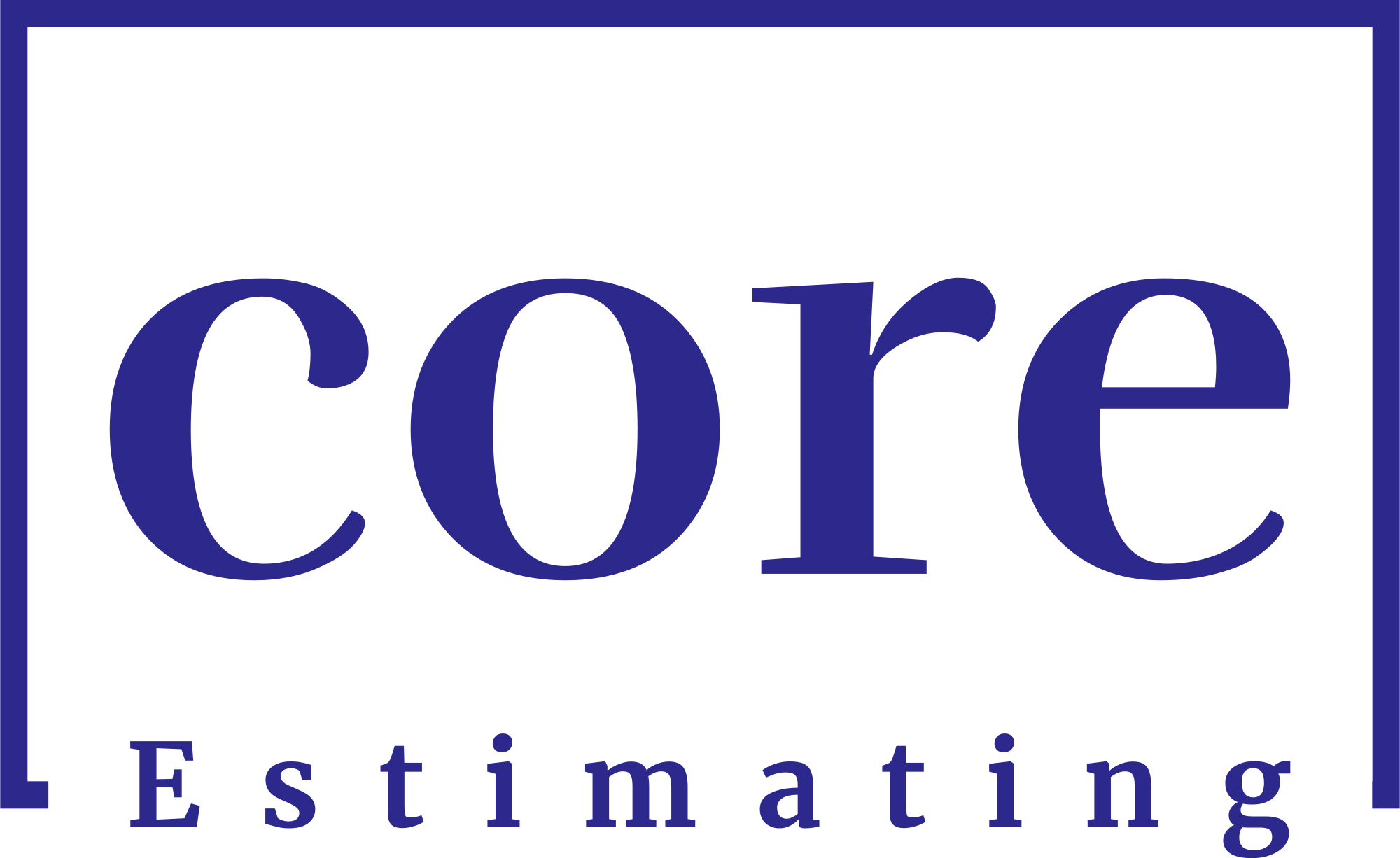Cost estimation involves the process of approximating the expenses associated with a particular project, activity, or business endeavor. It provides stakeholders with a clear understanding of the financial resources required and helps in making informed decisions.
Definition of Cost Estimation
Cost estimation is the systematic approach of predicting and allocating the financial resources necessary to complete a project or achieve specific business objectives. It involves considering various cost components, such as materials, labor, equipment, overheads, and contingencies, to arrive at an accurate estimate.
If you’re in need of construction estimate services, simply go to homepage or follow the links below:
| Services | Links |
|---|---|
| Detailing Services | Link |
| Building Information Modeling | Link |
| General Contractor | Link |
| Subcontractors | Link |
| MEP | Link |
Importance of Cost Estimation
Accurate cost estimation is essential for several reasons:
- Project Planning: Cost estimation enables effective project planning by outlining the financial requirements and providing a baseline for budgeting and resource allocation.
- Resource Optimization: It helps in optimizing the utilization of available resources, ensuring that the necessary materials, labor, and equipment are adequately allocated.
- Risk Management: By anticipating potential costs and risks associated with a project, cost estimation allows for effective risk assessment and mitigation strategies.
- Profitability Analysis: In business, cost estimation helps in determining the pricing of products or services, analyzing profitability, and identifying areas for cost reduction or efficiency improvement.
Cost Estimation in Project Management
In project management, accurate cost estimation is crucial for successful project execution. Let’s explore some key aspects related to cost estimation in this context.
Benefits of Accurate Cost Estimation
Accurate cost estimation in project management offers several benefits:
- Enables realistic project budgeting and financial planning.
- Assists in setting project milestones and deadlines.
- Facilitates effective resource allocation.
- Supports decision-making processes.
- Enhances client satisfaction by delivering projects within budget.
Factors Influencing Cost Estimation
Several factors can influence the accuracy of cost estimation:
- Project Scope: A clear and well-defined project scope ensures a more accurate estimation. Changes in project scope can significantly impact costs.
- Complexity: Complex projects tend to have higher levels of uncertainty and, therefore, require more thorough costestimation.
- Resource Availability: The availability and cost of resources, including labor, materials, and equipment, directly impact cost estimates.
- Market Conditions: External factors such as inflation, market demand, and supply chain disruptions can influence cost estimation.
Techniques for Cost Estimation
Various techniques are employed in project management for cost estimation:
- Analogous Estimating: This technique uses historical data from similar projects to estimate costs.
- Parametric Estimating: It involves using statistical relationships between historical data and project parameters to estimate costs.
- Bottom-up Estimating: This technique involves estimating costs for individual project components and then aggregating them to obtain the total project cost.
- Three-Point Estimating: Using optimistic, pessimistic, and most likely estimates, this technique applies statistical formulas to determine the expected cost.
Cost Estimation in Business
Cost estimation is not limited to project management; it also plays a crucial role in various business operations. Let’s explore some key areas where cost estimation is important.
Budgeting and Financial Planning
Cost estimation forms the foundation of budgeting and financial planning in businesses. It helps in determining the financial resources required for different activities, departments, or projects, enabling effective allocation and control of funds.
Pricing and Profitability Analysis
Cost estimation plays a vital role in setting prices for products or services. By accurately estimating the costs involved, businesses can establish competitive pricing strategies while ensuring profitability.
Decision Making and Risk Assessment
Cost estimation provides valuable insights for decision-making processes. It allows businesses to assess the financial viability of potential investments, evaluate project profitability, and identify areas of cost-saving or efficiency improvement.
Challenges in Cost Estimation
While cost estimation is essential, it comes with its own set of challenges. Understanding these challenges is crucial for accurate estimation and effective project or business management.
Uncertainty and Assumptions
Estimating costs accurately can be challenging due to uncertainties and assumptions involved in project or business operations. Factors like market conditions, unforeseen events, and changing requirements can introduce uncertainties that impact cost estimation.
Changing Requirements and Scope Creep
Projects and business ventures often experience changes in requirements or scope, leading to variations in costs. Managing these changes effectively and updating cost estimates accordingly is essential for maintaining project or business profitability.
Historical Data Availability
The availability and quality of historical data can impact the accuracy of cost estimation. Lack of relevant historical data or outdated information can make it challenging to estimate costs accurately.
Best Practices for Effective Cost Estimation
To enhance the accuracy and reliability of cost estimation, consider the following best practices:
Utilizing Expertise and Experience
Leverage the expertise and experience of professionals involved in the field. Expert opinions and insights can significantly improve the accuracy of cost estimation.
Analyzing Historical Data
Thoroughly analyze relevant historical data from past projects or similar business activities. This analysis provides valuable benchmarks and reference points for estimating costs.
Considering Contingencies
Account for uncertainties and contingencies by including appropriate buffers or contingency funds in cost estimates. This helps mitigate potential risks and unexpected expenses.
Regularly Updating and Reviewing Estimates
Cost estimates should be dynamic and subject to regular updates and reviews. As projects or business operations progress, it’s crucial to reassess and adjust cost estimates based on new information or changing circumstances.
Conclusion
Cost estimation serves as a critical tool for effective project management and sound business decision making. It allows for realistic budgeting, resource optimization, risk assessment, and profitability analysis. By understanding themain purpose of cost estimation and implementing best practices, businesses can improve their financial planning, project execution, and overall success.






